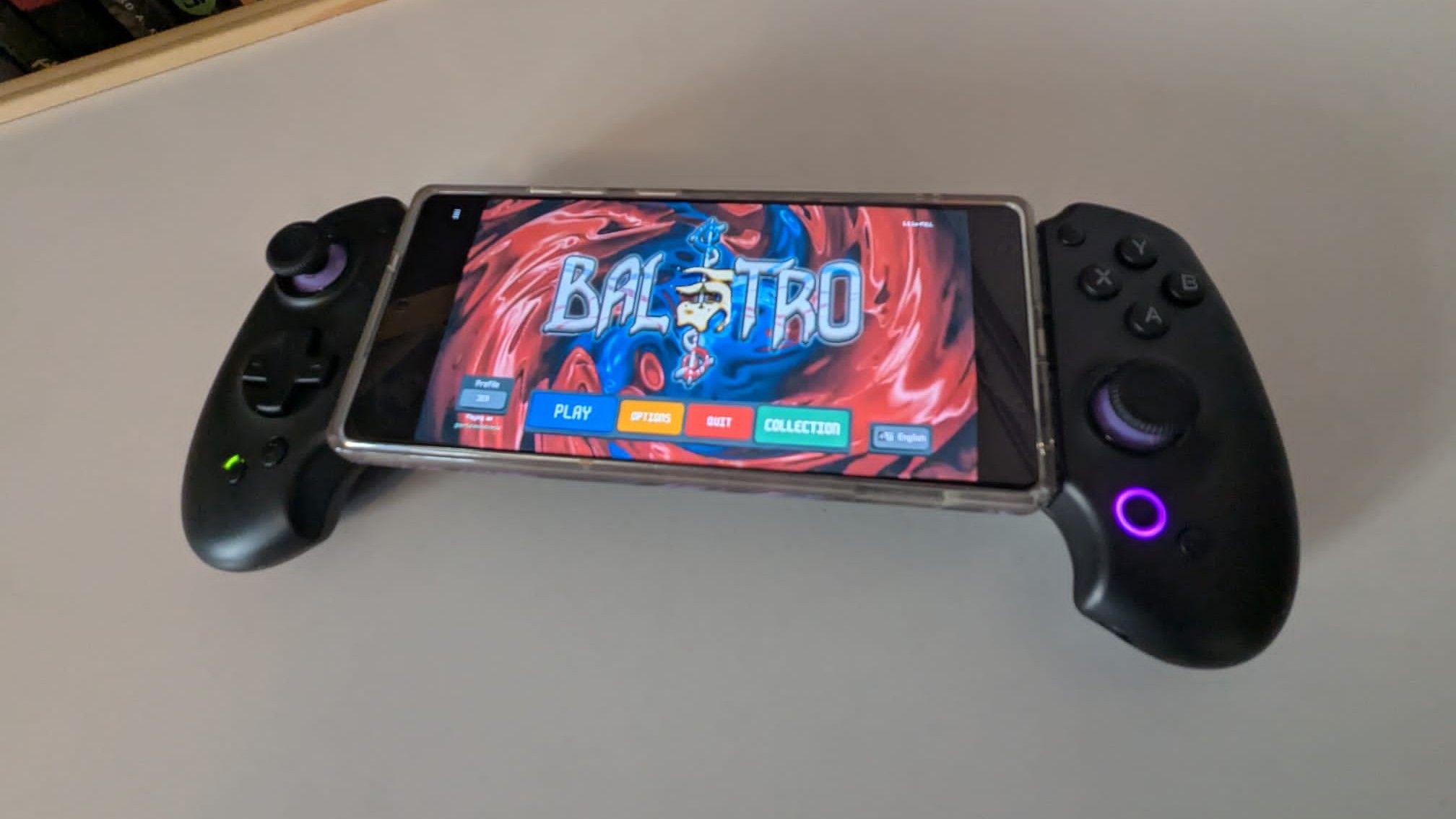Aliph Jawbone 2 Review

When it comes to Bluetooth headsets, there is one that has become synonymous with comfort, clarity and wining design: Jawbone by Aliph ($79.95; see original review here).
Released 2 years ago, the headset has quickly become one of the most popular devices on the market. While it was generally received well it did have some faults: heavy (1oz), rather large and problems with the charger either staying connecting or just flat out breaking. On top of that, the main feature of noise cancellation technology (which was just kicking off in BT devices) had variable performance.
Luckily for us Aliph has released their updated version, aptly called the Jawbone 2 ($129.95). Does it live up to the hype and make up for its predecessor's faults? In general the answer is 'yes' and Aliph has has once again set the bar for quality BT.
Read on for the rest of the details!
Word of caution: my current favorite BT headset is the BlueAnt Z9 (see full review here) which has recently been updated with a few new features (Z9i; $74.95). The Z9 also has noise cancellation technology and a few other tricks that BlueAnt brings to the market e.g. tie clip, verbal alerts, upgradeable firmware. All of this means it's a worthy competitor to the Jawbone 2. So how does it the JB2 fair?
First lets get the specs out of the way:
- Weight: 0.35 oz
- Dimensions: 2" x 0.5" x 0.5"
- Talk time: 4 hours
That's a huge drop in weight and indeed this device is about 50% smaller than the original. Not bad at all. The only downside so far is that talk time is cut down by 2 hours, which for some is significant.
Get the Windows Central Newsletter
All the latest news, reviews, and guides for Windows and Xbox diehards.

In the Box

- 4 ear hooks (2 plastic, 2 leather covered)
- 3 ear gels
- Wall charger
- Manual
The ear hooks are nice--nothing fancy, just plastic that is neither hard nor soft.
The charger is the big change: yes it's proprietary (boo) but it works on a magnetic system. Basically when you place the headset near the charger, it just sort of pulls it towards it and snaps in. Very cool as this will undoubtedly reduce breakages associated with physical plugs that need to be "inserted". Once attached, the headset can charge in about 50 minutes which is quite zippy.
Ironically the quick-start guide had at least two errors that I could find. One says to hold the device side button down for 2 seconds to turn on, when instead it's closer to 5 seconds. The other relates to hanging up the call--specifically they don't tell you how! (Turns you double click the side button area).

Buttons
No buttons. Well, in theory no buttons. The device is very slick with no knobs or switches anywhere. Instead the buttons are sort of in the body. So for one button on the side (your main: answer, hangup, conference, on/off, pairing), you simply press in on the whole side you'll hear/feel a little click. Likewise there is one where the headset curves in to your ear near the back (this controls the volume or disabling the noise-cancellation feature).

While certainly nice for looks two problems: it's a bit awkward at first to "find" these non-physical buttons, so it feels odd at first. It's not bad, just...well, different.
The other is with only two buttons you have more limited features. Case in point volume. A lot of headsets will have two buttons: volume up, volume down. On the Jawbone 2 you have one button that merely cycles through the volume, meaning while on a call you have to raise it, raise it, raise it, then go back to very low and work your way back up just to drop it one notch. If the person is talking at the time, you could be in for a brief shout fest in your ear.
LED

Very nice. It's hidden behind the black facade of the headset and does a slow-fade in flash while on a call or paired. Interestingly the color is white for the LED and not blue, which actually works very well.
And of course you can just as well disable the LED altogether to go completely stealth.
Comfort
No argument: the Jawbone 2 is one of the most comfortable headsets I have worn (Z9, Plantronics 640, h500) hands down. It is extremely light. So light that you will probably forget it is even in your ear after a little bit. This is due to the heavy use of "medical grade plastics" which offsets heavier materials used in the past. The one odd downside is the device "feels" a bit cheaper--not that it is of course, but whenever you go to very light plastics the device inevitably feels less solid (same with smartphones).
The choice of ear gels works very well and even the ear hooks are somewhat optional (though you may run the risk of it falling out if you move your head fast, I find it more easy to put in my ear for quick calls).
Clarity
Ah, the big kahuna and what most people are paying for here. Pretty outstanding. I was sort of astonished at how the silence from the ear piece between not connected and when on a call was the same. In other words, I did not hear any hiss at all when connected (but no talking).
This was almost an odd experience as you couldn't really tell if your call was connected or not! Trust me, that's a great "complaint" to have to make. The noise canceling technology worked quite well and in general I was very impressed with it. When speaking with people they could not tell on was on a headset which usually doesn't happen.
Overall: yeah, it's better than the BlueAnt Z9 which has some hiss in the background.

Complaints?
Yeah, a few. I don't see a way to update the firmware on the device. This was something that BlueAnt did with the Z9 and they certainly took advantage of it, fixing bugs here and there and improving sound quality. The minimalist button setup is certainly makes it looks slick but it's not nearly as functional as having a few dedicated buttons, especially for volume.
While the size is certainly much smaller than the original Jawbone, the Z9 is overall smaller looking as can be seen from the pictures.
Another feature that the Z9 had was if it dropped the connection to the device for whatever reason, it would make an audible alert and force the re-connect within about 5 seconds. On the Z9 this worked without fail but on the Jawbone 2 though it has a force re-connect function, it seemed to take much longer (minutes) than the Z9. So for troublesome devices with poor BT, this may be an issue.

These are certainly not deal-killers in anyway, just things I would have liked (and perhaps expected) from a $130 headset.
Conclusion
Overall the Jawbone 2 is an impressive BT headset with fantastic audio quality. It paired easy with my many smartphones and worked pretty flawlessly (I did have disconnect issues with the 700wx running WM5; under WM6 using a custom ROM it worked much better). The Jawbone 2 really excels in comfort and sound quality and is probably the best in its class in this regard. While lacking some advanced features, if you need the basics of a BT headset but performing at optimal levels, then get yourself a Jawbone 2.
It's surely a large improvement over the original. Is it worth the $130? Tough call. The technology is certainly there and it is quality, but that is a lot of beans.

| Ratings (out of 5)Pairing and Range: 5Comfort: 5Sound Quality: 5Ease of Use: 5Overall: | ProsVery light and slick lookingMost comfortable headset to date?Very good noise cancellationSimple charger and minimalist designConsNot enough featuresButtons awkward to useForce reconnect not adequateExpensive |
Home to the most invested and passionate Microsoft fans, Windows Central is the next generation destination for news, reviews, advice and buying recommendations on the Windows, PC and Xbox ecosystems, following all products, apps, software, AI advancements, and accessories. We've been around for more than decade, and we take our jobs seriously. Windows Central writers and editors value accuracy and editorial independence in everything we do, never receiving compensation for coverage and never pulling punches.

